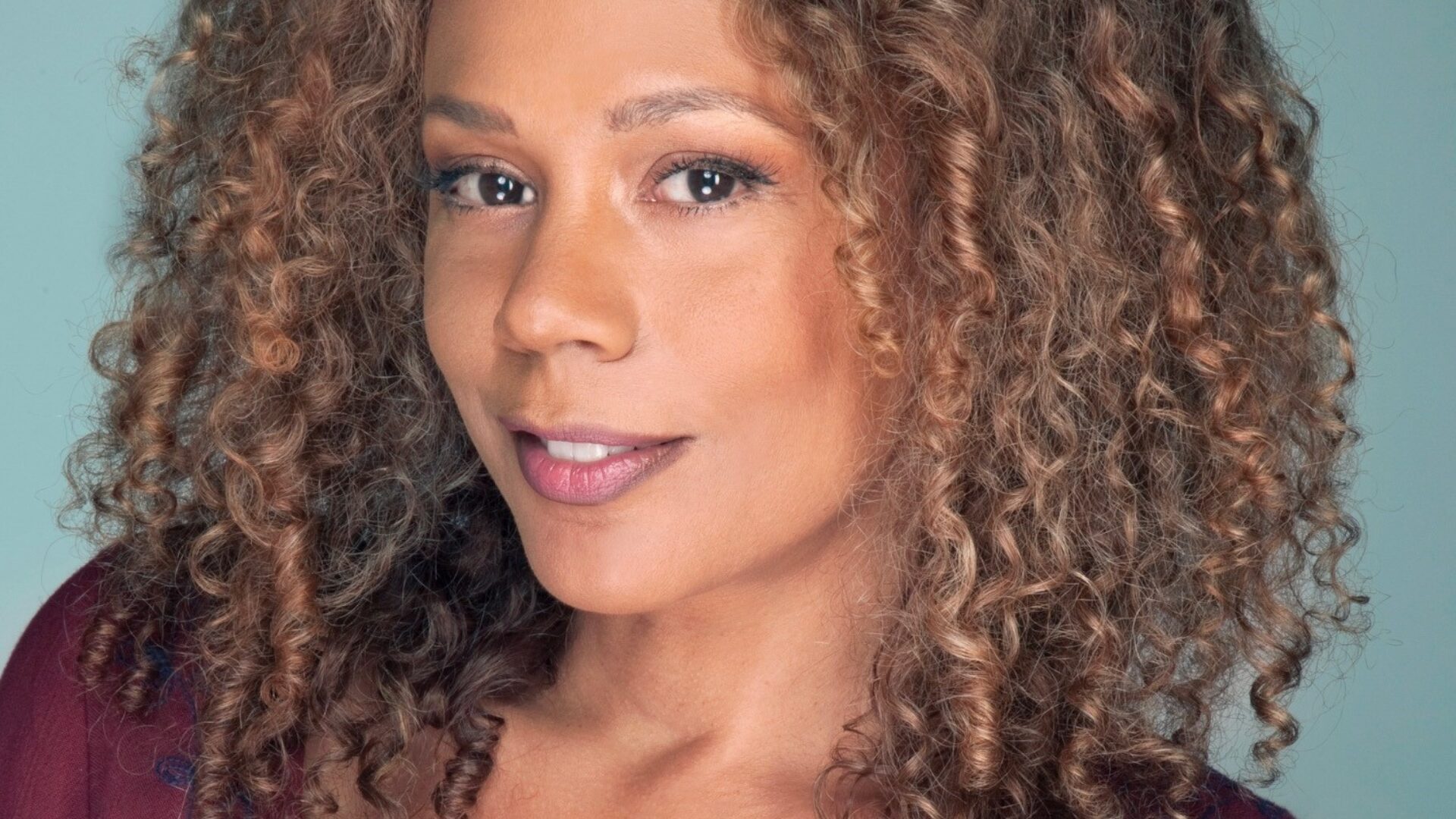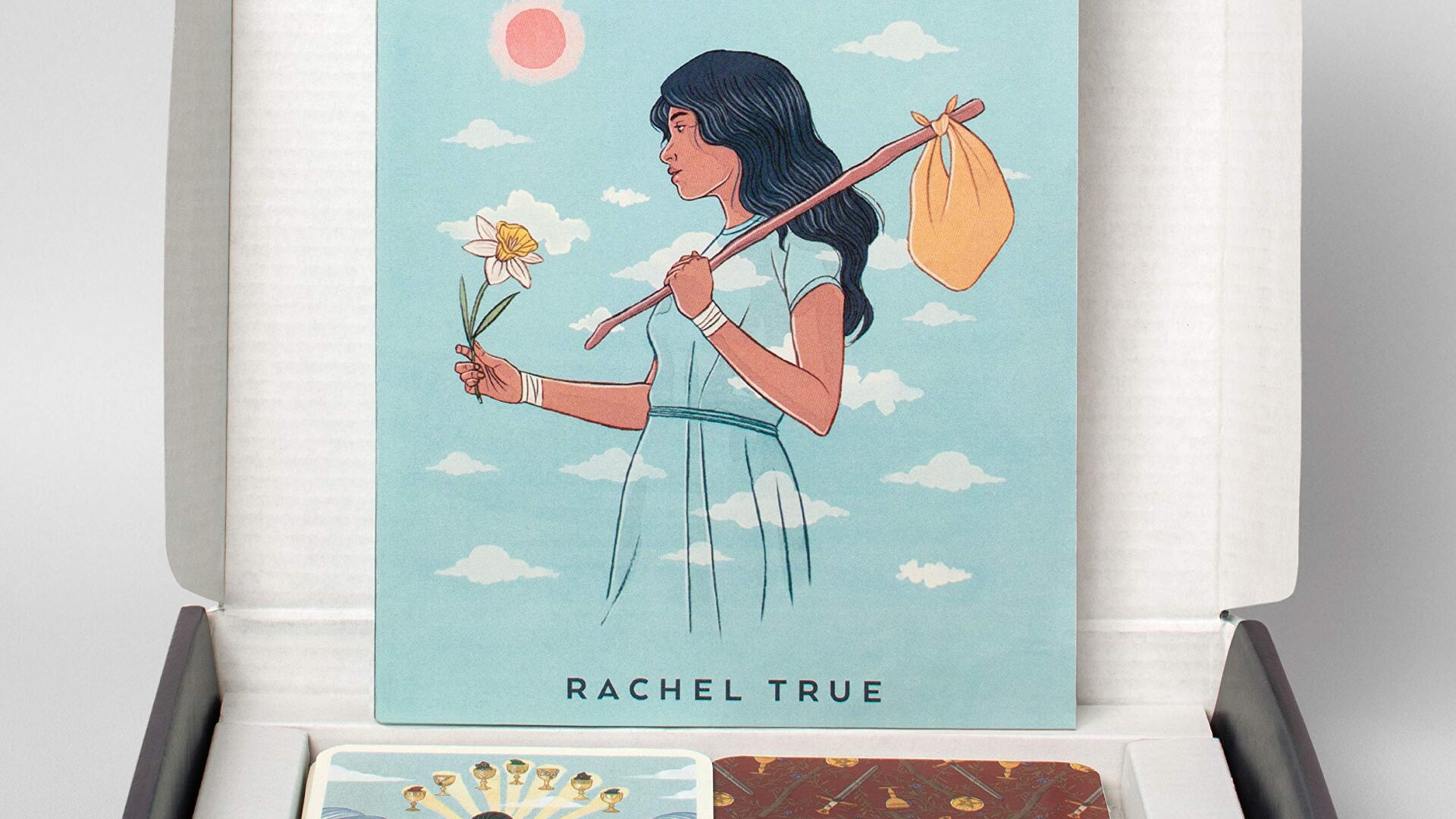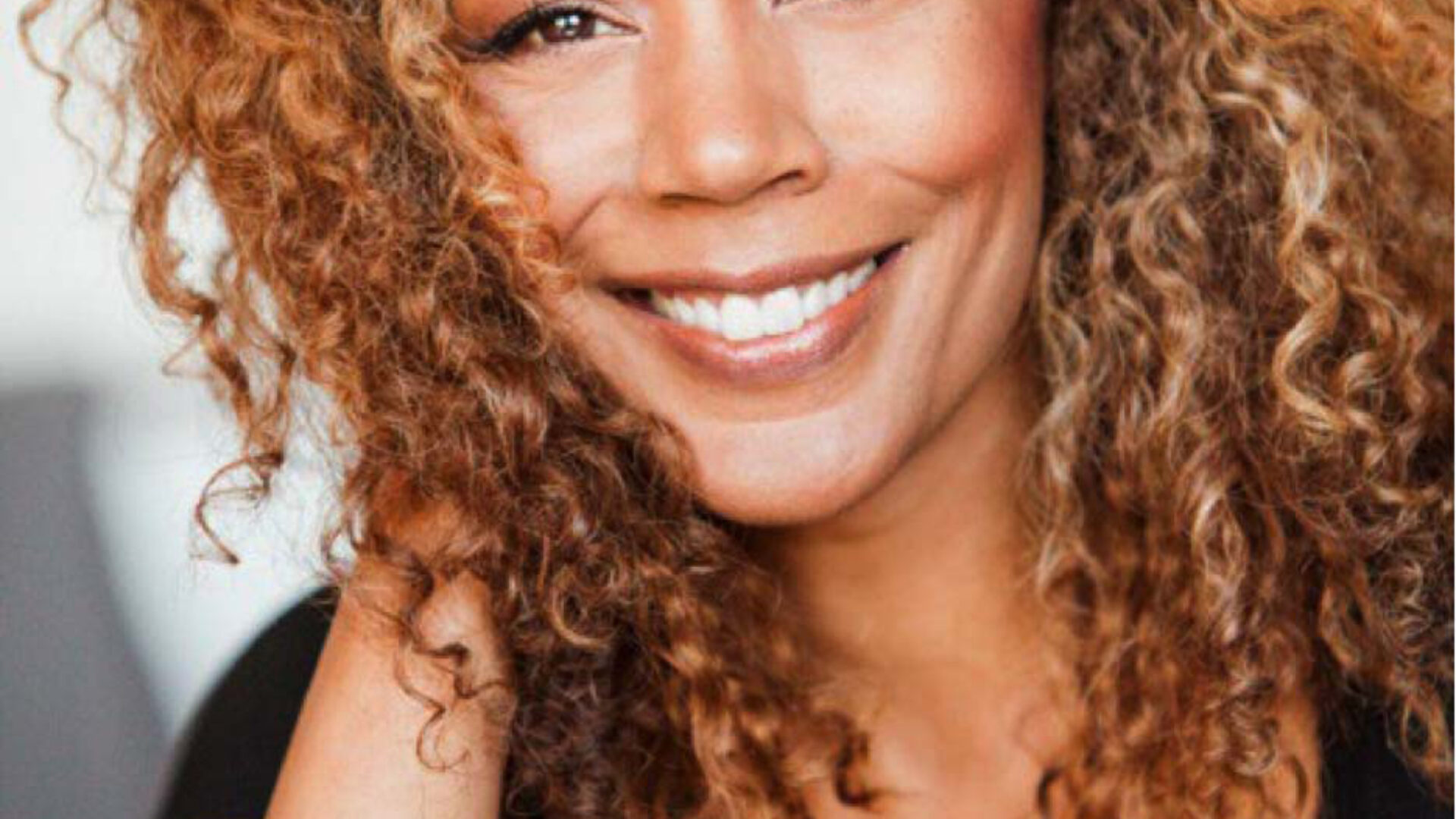
There’s some magic in all of us, don’t you think?
For young Black women, getting in tune with that inner knowing being may be able to be credited in part to Rachel True, the actress who portrayed Rochelle in the 1996 supernatural film The Craft. True’s love for spirituality wasn’t a big screen act though—she walks the walk as a tarot reader. 25 years after the release of the movie, True is sharing another gift; writing about getting into tarot.
In October 2020, True’s first book, “True Heart Intuitive Tarot, Guidebook and Deck” was published by Houghten Mifflin Harcourt. The 200+ page how-to guide comes with a set of tarot cards designed by Stephanie Singleton. Part memoir and part lesson plan, True talks about her life over 22 essays, in alignment with the 22 major arcana cards, which are used to provide wider insight on your past, present and future.
“I’m hoping to be part of this wave that helps to demystify and destigmatize tarot, which is simply a tool for self exploration,” she says to GU. She describes her book as “approachable” and says that it has been likened to “a hug” by a friend. “I wanted a comforting deck. “There are a lot of scary decks or dramatic decks out there. I wanted something where if you’re tense or worried about this thing, here’s something that is soothing,” she reveals.

Rachel True in a scene from the film ‘The Craft’, 1996. (Photo by Columbia Pictures/Getty Images)

True Heart Intuitive Tarot, Guidebook and Deck.
Tarot is a 78-card deck which is used to at most, divine the future and also to simply gain more clarity on your life. The cards are pulled and used to create a spread that makes these realizations possible. The most popular deck, Rider-Waite, was published in 1909 and featured illustrations by psychic Pamela Colman Smith and though in some circles Smith is believed to have been biracial, her identity is clouded and we know she was not given much credit for her work.
With questions about Smith’s race come more inquiries about Black women’s historical, and modern, place in respective arts of divination. Decades after what True refers to as the “Satanic Panic,” an evangelical fear about satanic practices that indirectly included the moves towards astrology and tarot, tarot is still a major source of contention for some. Black women particularly are still misunderstood for exploring it, as well as anything viewed by others as an alternative to Christianity.
We must question who determines that tarot particularly is non-traditional though, to fully understand how we allow the white gaze to control our ideas of self.
Read our piece on Sarah Nicole Francois and Haitian voudou tarot here.
During our conversation, True tells the story of her childhood experience with tarot. “I had gone to go live with my father and he had a book case,” she began. “The two books I would pull down were Carl Jung’s ‘Man and His Symbols’ and then Nietzches’ ‘Beyond Good and Evil.'” Since she was young, True primarily focused on the images that appeared throughout each one, but was intrigued nonetheless.

“I listened to that inner voice and really delved into studying tarot.”
“A few years later, one of my parents’ friends has a tarot deck and I’m going I know this, I recognize this—I was trying to put it together in my little kid brain,” she says with a laugh. True realized she had seen them before, in Jung’s book. “That made me understand that this is a language I can speak, like I can parse this if I learn it. So, in my teens, I was just doing the reading and had an understanding.” After relocating to Los Angeles in her adult years, one particular circumstance pulled her closer to tarot and her career as an actress.
“My T.V. broke and this little voice—my intuition, my higher self—popped in and said ‘Don’t fix it,'” True shares. “I listened to that inner voice and really delved into studying tarot. I kept copious notebooks, I would write down my readings, that way, I could see the patterns from day to day.” Noticing frequencies, like certain cards coming up over and over, helped her see the consistencies within tarot and made her see that you “can’t really not get the cards.” Nine months passed and True decided to call up a company to come repair her television. “As soon as it was fixed, my friend calls me and says, ‘You gotta read for this movie, it’s called The Craft.’ The next week, the script shows up on my doorstep…I just felt like if anybody was going to play a Black witch in this town, it was gonna be me,” she says.
It is these moments, the ones that feel too predestined to be serendipitous and perfectly attuned with who we are, that indicate how valid of a method tarot is. In addition to breaking down the wall of comprehension between everyday folks and tarot, True desires for everyone to have their own process and a relationship with the cards that is not ruled by any human authority. By tapping into our own power, we liberate ourselves and begin to find out who we truly are. “I want to teach people how to fish,” True says.
Order “True Heart Intuitive Tarot, Guidebook and Deck” here. Keep up with Rachel True by following her on Instagram.
Photo credit: Source